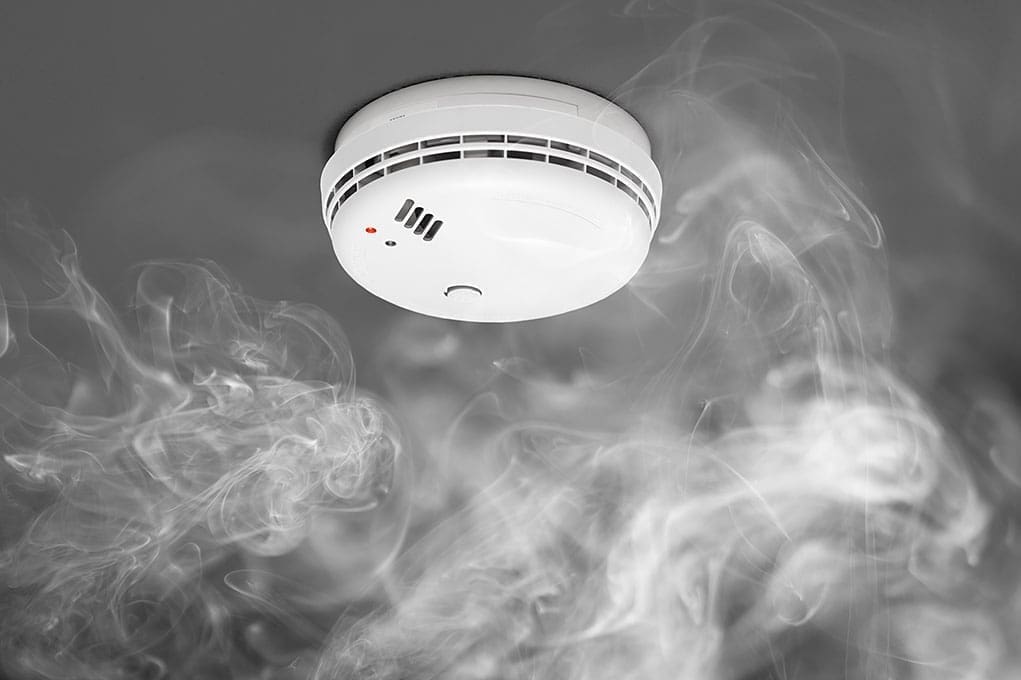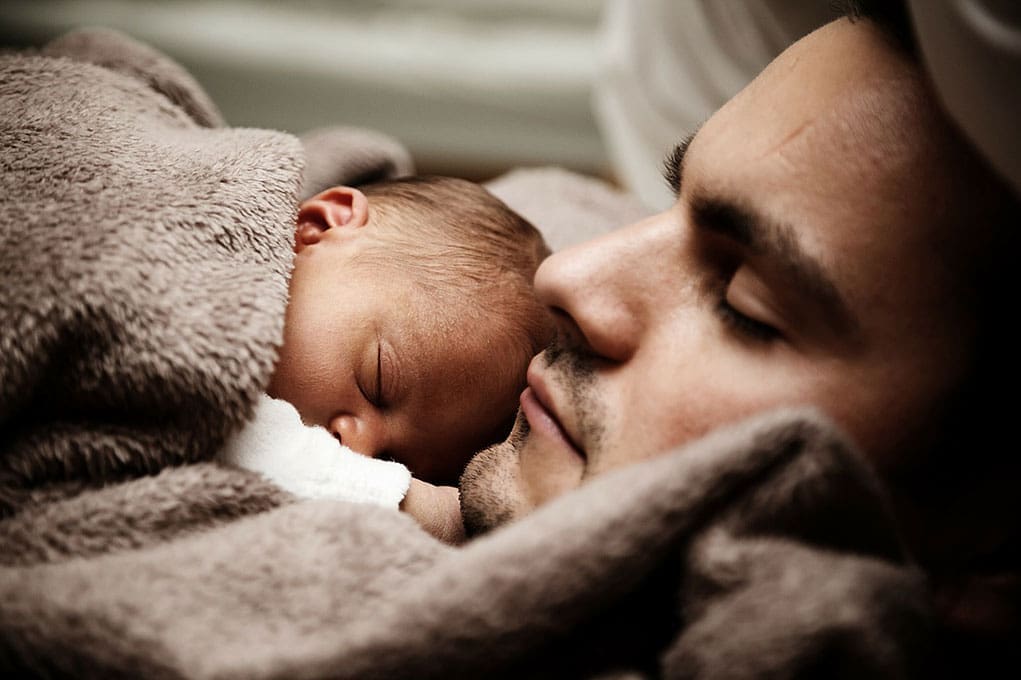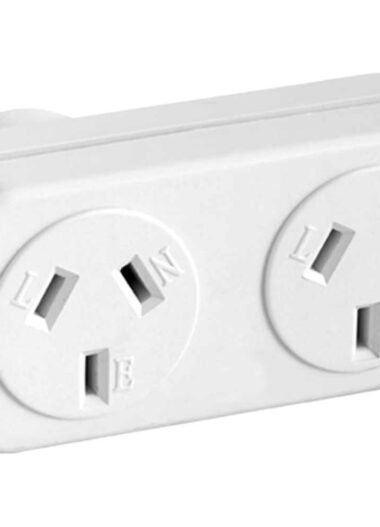
The Queensland Government came out with new smoke alarm legislation that all homeowners have to abide by, with much of it already in place but some only taking effect in 2027.
Navigating this legislation and finding the right rules you should be following can be a headache, to say the least. If you feel unprepared, fret not, Voltora Industries is here for you!
In this article, we’ll cover everything you need to know about the latest QLD Smoke Alarm laws, including the types of properties affected, the effective date of legislation, as well as the specifications of each legislation.
We’ll go through what you need to do to ensure that your property complies with the law, meets your obligations as a property owner, protect your family and/or tenants and also avoid potential fines. Having operational smoke alarms isn’t just about compliance, it’s extremely important for the safety of your property too. Voltora’s Brisbane smoke alarm solutions will keep you both safe and on the right side of the law.
Let’s begin with our look at the legislation.
The Three New Smoke Alarm Conditions
Depending on the type of property that you own and the condition that you own your property in, the latest QLD Smoke Alarm laws have different portions that you need to adhere to.
These 3 types of conditions are:
- For existing dwellings
- Dwellings being sold, leased, or an existing lease is renewed
- New Dwellings and Dwellings being substantially renovated
We will discuss each of these conditions in detail later on in this article.
Note: If you wish to jump straight into the laws that apply for your type of dwelling, click on the links that fit your situation above and read our in-depth explanations below.
OR: Get This Guide In A PDF
If you’re in a rush through the week right now and don’t have time to read through this article, download the PDF version of this guide, where we summarise in a nutshell what the latest QLD Smoke Alarm Laws are, and what you need to do to ensure that you’re complying with those laws.
New QLD Smoke Alarm Laws For Existing Dwellings
If you currently own a house, townhouse (Class 1A) and units (Class 2), you own a dwelling, and this is the section you should be reading.
Let’s take a look at what existing dwelling owners like yourself need to do to stay compliant with the laws.
Smoke Alarm Laws For Existing Dwellings (From 1st January 2017)
The new Smoke Alarm laws state that from 1st January 2017, when you are replacing smoke alarms, the new smoke alarms must be of a photoelectric type which complies with Australian Standard (AS) 3786-2014.
Also, existing smoke alarms that were manufactured more than 10 years ago must be replaced. These existing hardwired smoke alarms that need to be replaced have to be replaced with a hardwired smoke alarm, too.
In addition, if you’ve replaced a smoke alarm that does not work when you test it, the law states that you must replace it immediately (professionals like Voltora Industries test and replace your smoke alarms for free if the ones we installed fail on testing immediately after installation).
Smoke Alarm Specifications (From 1st January 2027)
For owners of existing dwellings, the QLD new Smoke Alarm Laws also have additional requirements from 1st January 2027.
Smoke alarms in all dwellings must:
- Be photoelectric (AS 3786-2014); and
- Not also contain an ionisation sensor; and
- Be less than 10 years old; and
- Operate when tested; and
- Be interconnected with every other smoke alarm in the dwelling so all activate together
- Smoke alarms must be either hardwired or powered by a non-removable 10-year battery
Smoke Alarm Installation Instructions (From 1st January 2027)
Additionally, there are a new set of rules and instructions when it comes to installations for smoke alarms in dwellings from 1st Jan 2027.
- Smoke alarms must be installed on each storey:
- In each bedroom; and
- In hallways which connect bedrooms and the rest of the dwelling; or
- If there is no hallway, between the bedrooms and other parts of the storey; and
- If there are no bedrooms on a storey at least one smoke alarm must be installed in the most likely path of travel to exit the dwelling
New QLD Smoke Alarm Laws For Dwellings Being Sold, Leased Or To-Be-Renewed Lease
For dwellings that are being sold, leased, or have leases that are soon-to-be-renewed, the new laws state that the requirements for existing dwellings apply too, and that the existing landlord’s and tenant’s obligations regarding the installation and testing of smoke alarms continue.
In addition, property sellers must continue to lodge a Form 24 with the Queensland Land Registry Office stating the requirements of the smoke alarm legislation have been met.
This means that if you’re renting out your dwelling currently, it is your responsibility to ensure that your property is up to standard as per the laws laid out for Smoke Alarm Laws for Existing Dwellings.
These new laws, similar to existing dwellings, must be adhered to by 1st January 2017.
Smoke Alarm Specifications And Installation Instructions (From 1st January 2022)
The new Smoke Alarm Specifications and Installation Instructions for dwellings to be sold do not differ from that of existing dwellings except for the timeline given to – 1st January 2022, instead of 2027 for dwellings to be Sold, Leased Or have a To-Be-Renewed Lease.
New QLD Smoke Alarm Laws For New Dwellings & Dwellings Being Substantially Renovated
Your Dwelling is considered to be substantially renovated when work carried out under a building development approval or the total building works equals 50% of the dwelling over 3 years.
From 1st January 2017, the development approval process for new dwellings and substantial renovations will ensure that building approvals received on or after this date will bring dwellings into compliance with the new laws.
Smoke Alarm Specifications And Installation Instructions (From 1st January 2017)
As an added note, smoke alarm specifications and installation instructions are the same as those of existing dwellings.
Some Prescribed Locations For Installing Smoke Alarms
If you’ve read this far into the guide, and are wondering where you should install your smoke detectors, the new laws have prescribed some locations as a benchmark for you to gauge your installation.
Wherever possible, smoke alarms must be placed on the ceiling, and NOT on:
- Within 300mm of a corner of a ceiling and a wall;
- Within 300mm of a light fitting
- Within 400mm of an air-conditioning vent;
- Within 400mm of the blades of a ceiling fan.
Special Requirements
There are special requirements for stairways, sloping ceilings, and ceilings with exposed beams, which can be found in the Building Fire Safety Regulation 2008.
Moreover, the new QLD Smoke Alarm Laws also state that if it’s impractical for the prescribed location requirements to be met (e.g. may be affected by steam from shower or fumes from cooking), the owner may put the alarm at another location that will provide a warning to occupants of the dwelling.
Adhere To The New QLD Smoke Alarm Laws With Voltora
If your property isn’t currently compliant with the latest smoke alarm laws, you don’t need to panic. Voltora Industries and our residential electricians are here to get you up to standard.
To enable our most competitive price and allow fixed price installations – we have partnered with Brooks as our preferred and trusted supplier of Photoelectric smoke detectors. Brooks supply products that can accommodate any installation we come across in all single and double story dwellings. Our fixed pricing structure is informative and means that there are no surprises or unexpected bills at the end of the job.
Brooks – The Smoke Detector That Doesn’t Sleep When You Do
When you sleep, your sense of smell also sleeps. If a fire starts, toxic fumes can overcome you. Photoelectric smoke alarms see smoke and will alert you early, so you can escape. With interconnected alarms, you will be alerted no matter where you are, or where the fire starts.
It is for this reason why we chose to partner with Brooks, a trusted maker in the Photoelectric smoke detectors market; to give you the best sense of security at the end of the day, along with adhering to these new smoke alarm laws.
If You Own A Single Storey Property…
Voltora Industries can help you to supply and install a Brooks EIB146RC 240V Photoelectric 9V backup Photoelectric smoke detector in your home.
It comes with a hardwired detector that is able to be connected between each bedroom and any hallway, connecting the bedroom and the rest of the dwelling using a cable.
Get A Quote For Your Single Storey Property Now
If You Own A Double Storey Property…
Voltora Industries can help you to supply and install both top and bottom stories of your property.
For Your Property’s Top Storey
For your property’s top storey, Voltora will supply and install a Brooks EIB146RC 240V Photoelectric 9V Backup Smoke Detector, with one Brooks Wireless Base.
Your property’s top storey requires the BROEIB168RC Wireless Base installed to link the upstairs EIB146RC hardwired detectors to bottom EIB605TYCRF detectors wirelessly.
As an addon, Voltora Industries can also provide an additional Brooks EIB146RC 240V Photoelectric 9V backup Photoelectric smoke detector in your property’s top storey.
Similar to a single storey setup, these are hardwired detectors in each bedroom, connecting it to the rest of the dwelling with a cable.
Get A Quote For Your Double Storey Property Now
For Your Property’s Bottom Storey
The photoelectric smoke detector setup is slightly different from those that we’ve just discussed.
Here, Voltora Industries will Supply and Install a Brooks EIB605TYCRF Smoke Alarm Optic W/RF 10 Year Bat 600SER.
This is a 10 year Lithium Battery detector that can be installed in any hallway connecting a bedroom and the rest of the dwelling. However, do take note that if there are no bedrooms on the bottom storey, at least one detector must be installed.
Get A Quote For Your Double Storey Property Now
Get An Exact Quote Now From Voltora
For the best estimates, Voltora Industries can conduct a thorough inspection of your home layout before advising you on the best setup that is both cost-efficient and safe for your property and its tenants.
Click the button below to request an inspection now
RequestAn Inspection For Your Property Now
Contact the Smoke Alarm Experts
If you started out reading this guide not knowing a thing about the new QLD Smoke Alarm Laws, we hope that this guide has helped you gain some clarity.
And now I’d like to hear from you:
What property do you live in, and how has your experience been in changing your Smoke Alarm system to fit the new rules been like?
Or maybe you have a question.
Either way, share your comments down below.
Lets get started





